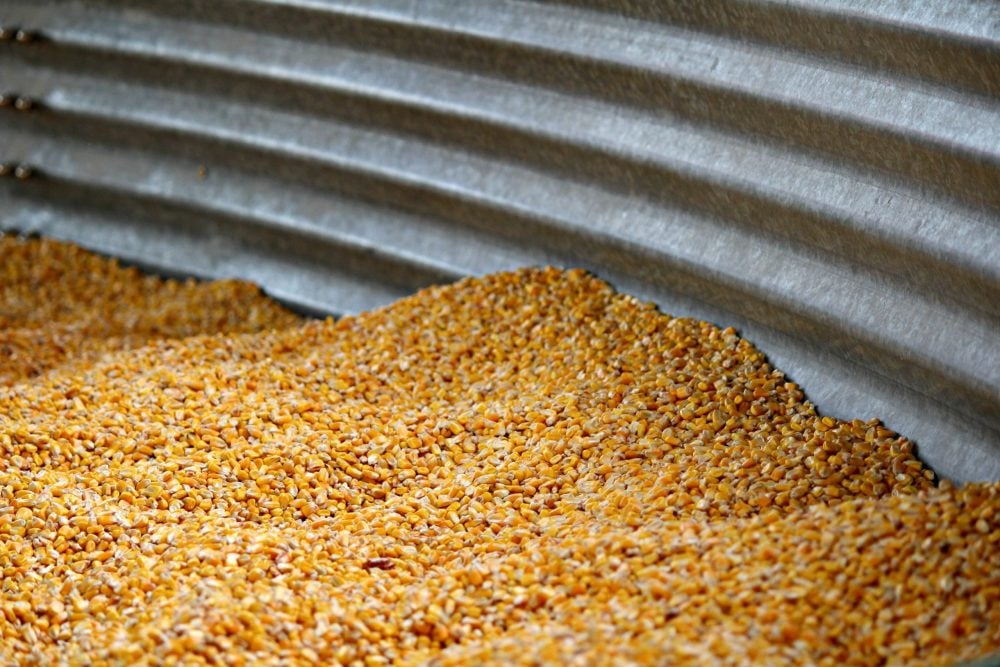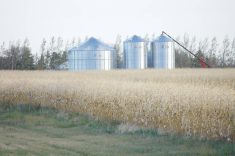Glacier FarmMedia | MarketsFarm – The Chicago Board of Trade (CBOT) will be focusing on the monthly World Agricultural Supply/Demand Estimates (WASDE) from the United States Department of Agriculture (USDA) on Sept. 12.
Trade estimates projected 182.7 bushels per acre for the average 2024-25 U.S. corn yield as well as lower production by 42 million bushels at 15.105 billion. Ending stocks would be down 41 million bushels at 2.032 billion. For 2024-25 U.S. soybeans, the average yield is pegged to increase by 0.1 bu./ac. at 53.3, with production six million bushels higher at 4.595 billion and ending stocks up eight million bushels at 568 million. U.S. wheat ending stocks are expected cut six million bushels at 822 million.
Tom Lilja, market analyst for Progressive Ag in Fargo, N.D., said that warmer weather in August may have led the trade to cut their yield estimates. However, he added that Progressive Ag’s own private yield models are dissenting from the trade.
Read Also

Cycle swings dictate farming profitability
It can be profitable to understand where the crop markets are positioned in the context of their big-picture cycles.
“(They are showing estimated) soybean yields that are lower than the USDA and corn could actually be higher than what the USDA is saying,” Lilja said, adding that the models are based off of weekly crop condition reports. “It’s a pretty good tool. Our internal research is saying soybeans would be a bit lower.”
Historically, the USDA has been slow to reflect significant changes to South American corn and soybean production estimates compared to Brazil’s Conab and the Argentine grain exchanges in Buenos Aires and Rosario. Lilja said it would be a surprise if the USDA cut its projected South American production estimates only because it wouldn’t have waited long to do so.
“They have been experiencing a lot of dry conditions in northern Brazil. Those conditions are leading to slower planting for first crop corn and there’s a thought that soybean planting would be delayed, unless the weather changes,” he explained. “We saw some really horrific low prices in the corn and bean markets … They’ve rebounded somewhat and part of that is because of dryness in South America and the U.S. Southern Plains. There’s a little worry the (winter) wheat crop might not be planted in a timely manner in the fall here.”
Grain prices could also be affected not just by the WASDE report, but also by recent short-covering and a weakened U.S. dollar, according to Lilja. However, harvest pressure could also limit any potential gains after the report’s release.
“If soybeans get a friendly number and pop 30 (U.S. cents per bushel), the upside would be limited because we’ll be going into the harvest timeframe,” he said.















